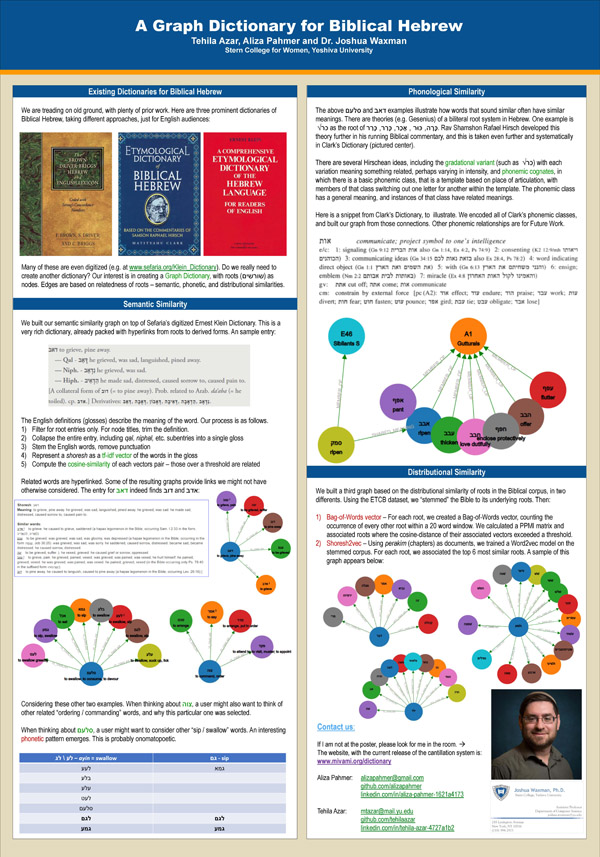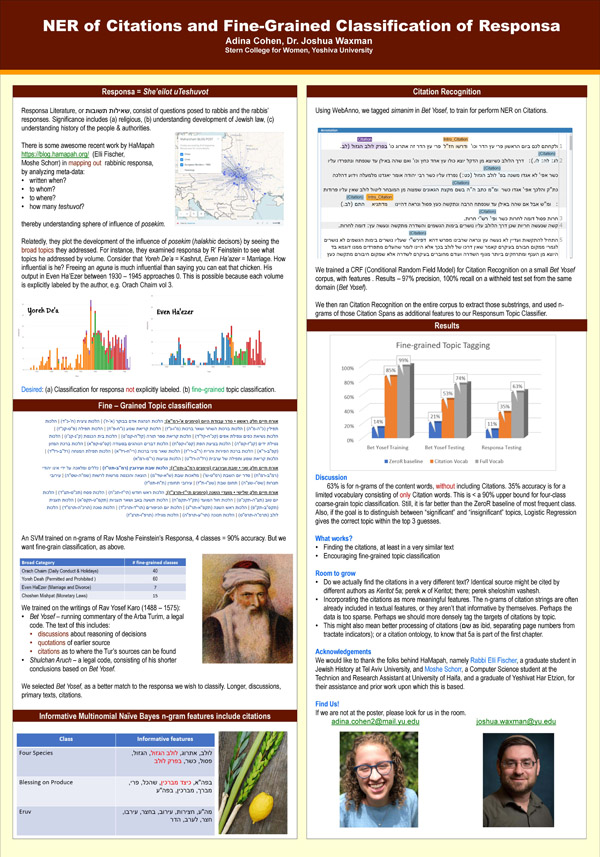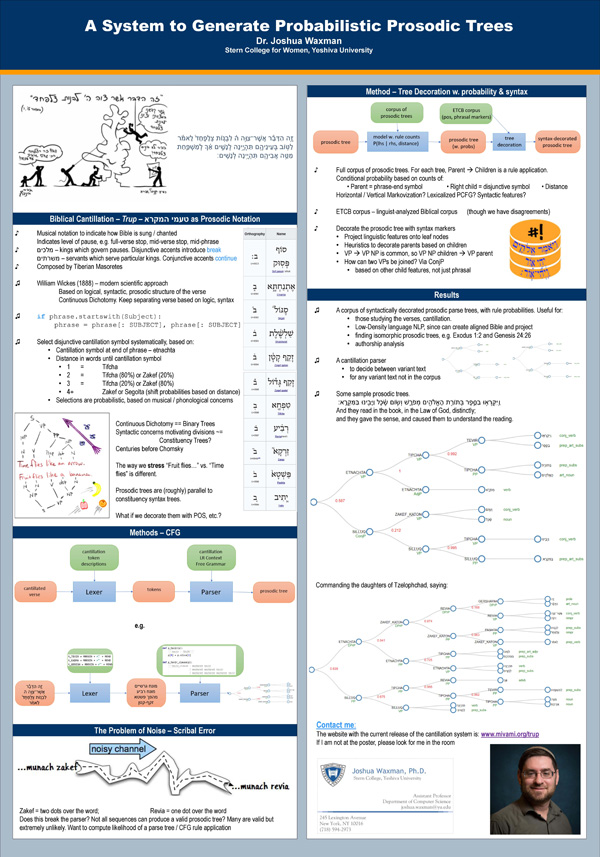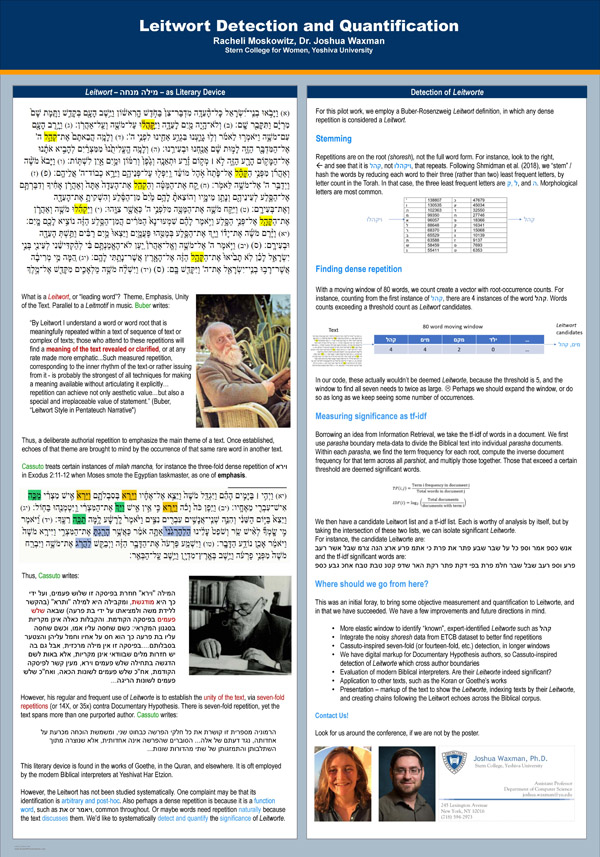Message From Our President

Dear Students, Faculty, Staff and Friends,
I am pleased to present to you this Guide to our plans for the upcoming fall semester and reopening of our campuses. In form and in content, this coming semester will be like no other. We will live differently, work differently and learn differently. But in its very difference rests its enormous power.
The mission of Yeshiva University is to enrich the moral, intellectual and spiritual development of each of our students, empowering them with the knowledge and abilities to become people of impact and leaders of tomorrow. Next year’s studies will be especially instrumental in shaping the course of our students’ lives. Character is formed and developed in times of deep adversity. This is the kind of teachable moment that Yeshiva University was made for. As such, we have developed an educational plan for next year that features a high-quality student experience and prioritizes personal growth during this Coronavirus era. Our students will be able to work through the difficulties, issues and opportunities posed by our COVID-19 era with our stellar rabbis and faculty, as well as their close friends and peers at Yeshiva.
To develop our plans for the fall, we have convened a Scenario Planning Task Force made up of representatives across the major areas of our campus. Their planning has been guided by the latest medical information, government directives, direct input from our rabbis, faculty and students, and best practices from industry and university leaders across the country. I am deeply thankful to our task force members and all who supported them for their tireless work in addressing the myriad details involved in bringing students back to campus and restarting our educational enterprise.
In concert with the recommendations from our task force, I am announcing today that our fall semester will reflect a hybrid model. It will allow many students to return in a careful way by incorporating online and virtual learning with on-campus classroom instruction. It also enables students who prefer to not be on campus to have a rich student experience by continuing their studies online and benefitting from a full range of online student services and extracurricular programs.
In bringing our students back to campus, safety is our first priority. Many aspects of campus life will change for this coming semester. Gatherings will be limited, larger courses will move completely online. Throughout campus everyone will need to adhere to our medical guidelines, including social distancing, wearing facemasks, and our testing and contact tracing policies. Due to our focus on minimizing risk, our undergraduate students will begin the first few weeks of the fall semester online and move onto the campus after the Jewish holidays. This schedule will limit the amount of back and forth travel for our students by concentrating the on-campus component of the fall semester to one consecutive segment.
Throughout our planning, we have used the analogy of a dimmer switch. Reopening our campuses will not be a simple binary, like an on/off light switch, but more like a dimmer in which we have the flexibility to scale backwards and forwards to properly respond as the health situation evolves. It is very possible that some plans could change, depending upon the progression of the virus and/or applicable state and local government guidance.
Before our semester begins, we will provide more updates reflecting our most current guidance. Please check our website, yu.edu/fall2020 for regular updates. We understand that even after reading through this guide, you might have many additional questions, so we will be posting an extensive FAQ section online as well. Additionally, we will also be holding community calls for faculty, students, staff and parents over the next couple of months.
Planning for the future during this moment has certainly been humbling. This Coronavirus has reminded us time and time again of the lessons from our Jewish tradition that we are not in full control of our circumstances. But our tradition also teaches us that we are in control of our response to our circumstances. Next semester will present significant challenges and changes. There will be some compromises and minor inconveniences--not every issue has a perfect solution. But faith and fortitude, mutual cooperation and resilience are essential life lessons that are accentuated during this period. And if we all commit to respond with graciousness, kindness, and love, we can transform new campus realities into profound life lessons for our future.
Deeply rooted in our Jewish values and forward focused in preparing for the careers and competencies of the future, we journey together with you, our Yeshiva University community, through these uncharted waters. Next year will be a formative year in the lives of our students, and together we will rise to the moment so that our students will emerge stronger and better prepared to be leaders of the world of tomorrow.
Best Wishes,
Ari Berman

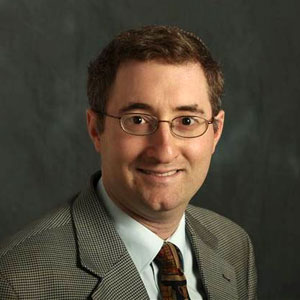 Dr. Shalom Holtz, professor of Bible at
Dr. Shalom Holtz, professor of Bible at  Dr. Paula Geyh, an associate professor of English at
Dr. Paula Geyh, an associate professor of English at 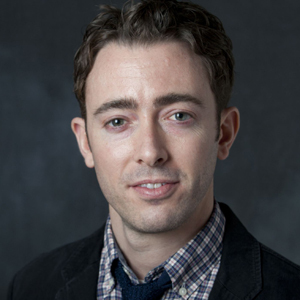 Dr. David Lavinsky, associate professor of English at
Dr. David Lavinsky, associate professor of English at 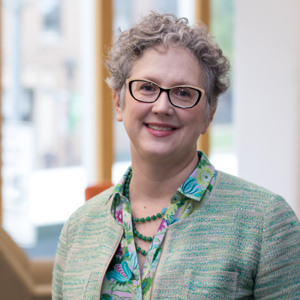 Dr. Lauren Fitzgerald, professor of English at
Dr. Lauren Fitzgerald, professor of English at 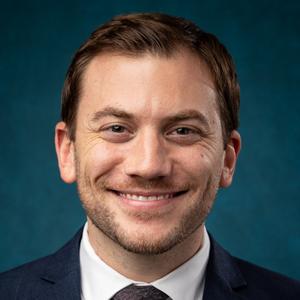 David Puretz teaches first-year writing and advanced writing classes at Yeshiva College. He recently became the editorial director at
David Puretz teaches first-year writing and advanced writing classes at Yeshiva College. He recently became the editorial director at 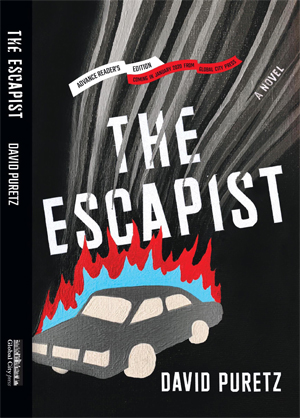 “My novel,
“My novel, 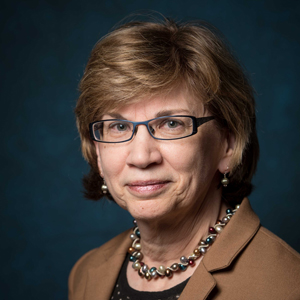 On Oct. 5, 2019, Dr. Linda Shires, David and Ruth Gottesman Professor of English Chair, Stern College for Women and division head for humanities, lectured at an invitation-only symposium at Princeton University, “A Single Drop of Ink for a Mirror: A Symposium on Nineteenth-Century Literature and the Visual Arts.”
The topic of her lecture, “Image > < Text: Kipling’s Just So Stories,” is part of a chapter in a book on which she is working on self-illustrated texts of the Long Nineteenth Century.
“The Long Nineteenth Century is a term coined by British historian Eric Hobsbawm and Russian Literary critic Ilya Ehrenburg,” said Dr. Shires. “It refers to a progression of ideas put forth in the period from 1789 to 1914, beginning with the French Revolution and ending with World War I, ideas that shaped the nineteenth century.”
The relationship of image and text has always interested her. Her last single-authored book,
On Oct. 5, 2019, Dr. Linda Shires, David and Ruth Gottesman Professor of English Chair, Stern College for Women and division head for humanities, lectured at an invitation-only symposium at Princeton University, “A Single Drop of Ink for a Mirror: A Symposium on Nineteenth-Century Literature and the Visual Arts.”
The topic of her lecture, “Image > < Text: Kipling’s Just So Stories,” is part of a chapter in a book on which she is working on self-illustrated texts of the Long Nineteenth Century.
“The Long Nineteenth Century is a term coined by British historian Eric Hobsbawm and Russian Literary critic Ilya Ehrenburg,” said Dr. Shires. “It refers to a progression of ideas put forth in the period from 1789 to 1914, beginning with the French Revolution and ending with World War I, ideas that shaped the nineteenth century.”
The relationship of image and text has always interested her. Her last single-authored book, 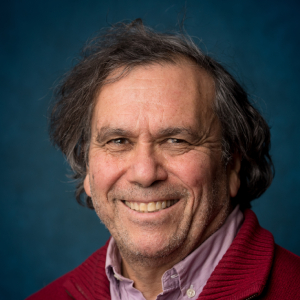
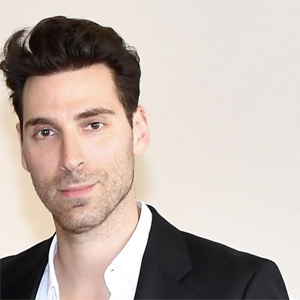 In addition to being the chair of the Department of Fine Art and Music at Yeshiva College, Dr. Daniel Beliavsky is also an associate professor, concert pianist, music theorist, composer, and filmmaker.
In that last capacity, as filmmaker, Dr. Beliavsky has been garnering many positive notices for Secret Music, his documentary about the Pulitzer Prize-winning American composer David Del Tredici. In 2018, it was screened at the Mostly Modern Music Festival in Saratoga Springs, New York, and this year, Secret Music has made the rounds at the Leslie-Lehman Museum in New York City; the Wisconsin Film Festival in Madison, Wisconsin; the American Music Festival in Troy, New York; and QFest Film Festival in Houston, Texas.
On October 12, 2019, audiences can see the film at the Lonely Seal International Film Festival at the Regent Theatre in Arlington-Boston, Massachusetts. Earlier that day, Dr. Beliavsky will perform a repertoire of Romantic era music as well as music by Del Tredici at
In addition to being the chair of the Department of Fine Art and Music at Yeshiva College, Dr. Daniel Beliavsky is also an associate professor, concert pianist, music theorist, composer, and filmmaker.
In that last capacity, as filmmaker, Dr. Beliavsky has been garnering many positive notices for Secret Music, his documentary about the Pulitzer Prize-winning American composer David Del Tredici. In 2018, it was screened at the Mostly Modern Music Festival in Saratoga Springs, New York, and this year, Secret Music has made the rounds at the Leslie-Lehman Museum in New York City; the Wisconsin Film Festival in Madison, Wisconsin; the American Music Festival in Troy, New York; and QFest Film Festival in Houston, Texas.
On October 12, 2019, audiences can see the film at the Lonely Seal International Film Festival at the Regent Theatre in Arlington-Boston, Massachusetts. Earlier that day, Dr. Beliavsky will perform a repertoire of Romantic era music as well as music by Del Tredici at 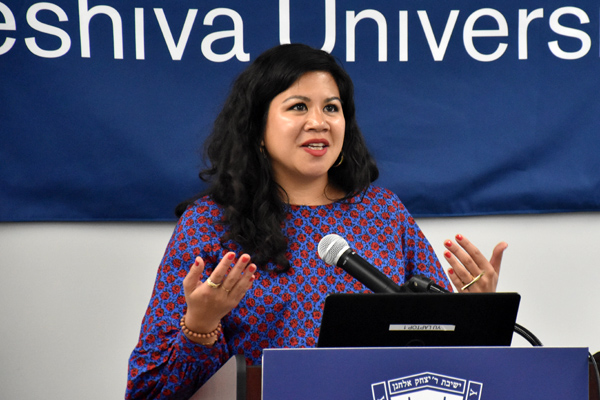 Dr. Jannine Lasaleta
Dr. Jannine Lasaleta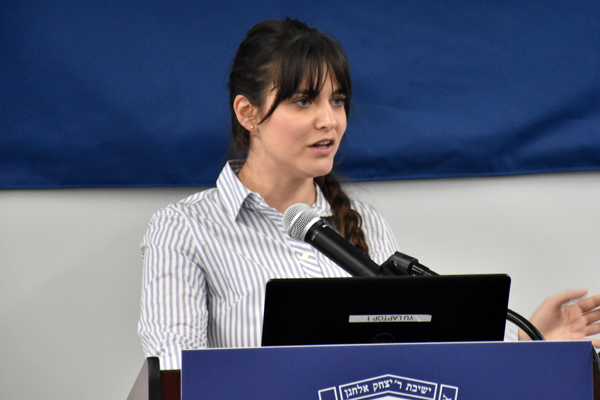 Have you always had an interesting in psychology?
As an undergrad at Rutgers, I majored in psychology because I thought it was interesting, and I just never stopped. I found myself applying to graduate schools, found an adviser whom I really wanted to work with at New York University, did a post-doc at Yale with two amazing professors and then started applying for jobs.
How have you found being at YU?
I love the students. They’re phenomenal, and working with them has been the best part of the job. I am also Orthodox, and coming in to an Orthodox Jewish institution, I assumed I was going to be meeting one kind of person. But I’m surprised by the diversity of voices and perspectives in the students, which has made it very interesting to interact with them about psychology and all sorts of other things. There is more religious diversity than I expected as well as just general outlooks on the world.
What was the genesis of the Developing Minds Lab?
I’m trained as a researcher, and when I came to interview for my position, it was with the understanding that I would be both teaching and doing research. The dean and members of the psychology department wanted an increased focus on research to help students acquire the experience they needed to go to graduate school in psychology. There was this opportunity, then, for us to create this research lab on campus.
It’s good for me because I get to continue doing the research I love and for the students because they get to work with me and get research experience. I’ve had about 12 students come through the Lab so far. They’re participating in every part of the research process, from reading the literature and discussing it to coming up with interesting research questions and ways to test those questions. They help me both design and run the studies. We have a field site at the Liberty Science Center in Jersey City [New Jersey], where three or four students go there once a week to interact with the families. They collect the data for the studies that we’re running but also just interact with people and teach people about psychological science in general.
This summer, we were also collecting data in Central Park. We set up a station in random spots in the park to do the same thing: interact with families, collect data and teach people about science and psychology and then, later, analyze the data together. It worked really well and was a lot of fun. The Lab has only been in operation for a little over a year, but soon, we’ll start publishing the data that we’ve collected.
How has the response been from students about the Lab?
The response from the students has been really positive. In fact, I’ve had to turn down a few students who wanted to join the Lab just so that I can manage the ones I have. A group of them have told me that they thought research would be boring, but they’ve found that it’s actually really interesting! It’s also a good opportunity for those who want to go to grad school in psychology to start honing their interests, and they’ve told me that they now feel much more prepared to move forward.
You describe the focus of your research as being about children and the “social world.” How do you define that term?
It’s true that there are many, many ways, especially with technology, that you could define a social world. What we’re looking at, on a very basic level, is what do children think it means to be part of a social group. So, if you learn that somebody’s a member of a certain group, what sorts of inferences do you make about them? If you know that two people are members of the same group, do you expect them to have a certain sort of relationship with each other? Are there certain ways that you expect people to act towards in-group and out-group members?
The studies we do are designed to feel like games. We will tell them a little story and ask them to predict what they think is going to happen next, or to explain why something happened, or to say whom they liked best in the story. So, it’s always very simple, because we always want to be able to test what children think about the world regardless of their verbal abilities. Any pre-school child should have the requisite abilities to interact with us.
The age range that we work with—between the ages of three and 10—seems to be a really important time when children develop beliefs about social groups. So, we see also sorts of interesting changes, depending on the children’s cultural communities, their backgrounds, what sort of schools they go to, with whom they spend their time. There are all sorts of differences in how children choose to divide up the social world, in what they notice and think are meaningful as well as the behavioral expectations that children have about how people are going to act with each other and how people are supposed to act toward each other.
What’s on the horizon for you?
I was given a start-up grant for the first three years, and I’m also now starting to write grants to support the Lab. There will be parts of the grant with which students can help, and they’re definitely helping me write papers and do conference presentations. With more funding secured, I can expand operations so that we can do more research, and students can begin the process of publishing their research.
When I was applying for jobs, of course I wanted to become a psychology professor. But being a professor at Stern College has this whole extra added appeal because I have the sense that I’m contributing to the Jewish community, which is very rewarding to me.
Have you always had an interesting in psychology?
As an undergrad at Rutgers, I majored in psychology because I thought it was interesting, and I just never stopped. I found myself applying to graduate schools, found an adviser whom I really wanted to work with at New York University, did a post-doc at Yale with two amazing professors and then started applying for jobs.
How have you found being at YU?
I love the students. They’re phenomenal, and working with them has been the best part of the job. I am also Orthodox, and coming in to an Orthodox Jewish institution, I assumed I was going to be meeting one kind of person. But I’m surprised by the diversity of voices and perspectives in the students, which has made it very interesting to interact with them about psychology and all sorts of other things. There is more religious diversity than I expected as well as just general outlooks on the world.
What was the genesis of the Developing Minds Lab?
I’m trained as a researcher, and when I came to interview for my position, it was with the understanding that I would be both teaching and doing research. The dean and members of the psychology department wanted an increased focus on research to help students acquire the experience they needed to go to graduate school in psychology. There was this opportunity, then, for us to create this research lab on campus.
It’s good for me because I get to continue doing the research I love and for the students because they get to work with me and get research experience. I’ve had about 12 students come through the Lab so far. They’re participating in every part of the research process, from reading the literature and discussing it to coming up with interesting research questions and ways to test those questions. They help me both design and run the studies. We have a field site at the Liberty Science Center in Jersey City [New Jersey], where three or four students go there once a week to interact with the families. They collect the data for the studies that we’re running but also just interact with people and teach people about psychological science in general.
This summer, we were also collecting data in Central Park. We set up a station in random spots in the park to do the same thing: interact with families, collect data and teach people about science and psychology and then, later, analyze the data together. It worked really well and was a lot of fun. The Lab has only been in operation for a little over a year, but soon, we’ll start publishing the data that we’ve collected.
How has the response been from students about the Lab?
The response from the students has been really positive. In fact, I’ve had to turn down a few students who wanted to join the Lab just so that I can manage the ones I have. A group of them have told me that they thought research would be boring, but they’ve found that it’s actually really interesting! It’s also a good opportunity for those who want to go to grad school in psychology to start honing their interests, and they’ve told me that they now feel much more prepared to move forward.
You describe the focus of your research as being about children and the “social world.” How do you define that term?
It’s true that there are many, many ways, especially with technology, that you could define a social world. What we’re looking at, on a very basic level, is what do children think it means to be part of a social group. So, if you learn that somebody’s a member of a certain group, what sorts of inferences do you make about them? If you know that two people are members of the same group, do you expect them to have a certain sort of relationship with each other? Are there certain ways that you expect people to act towards in-group and out-group members?
The studies we do are designed to feel like games. We will tell them a little story and ask them to predict what they think is going to happen next, or to explain why something happened, or to say whom they liked best in the story. So, it’s always very simple, because we always want to be able to test what children think about the world regardless of their verbal abilities. Any pre-school child should have the requisite abilities to interact with us.
The age range that we work with—between the ages of three and 10—seems to be a really important time when children develop beliefs about social groups. So, we see also sorts of interesting changes, depending on the children’s cultural communities, their backgrounds, what sort of schools they go to, with whom they spend their time. There are all sorts of differences in how children choose to divide up the social world, in what they notice and think are meaningful as well as the behavioral expectations that children have about how people are going to act with each other and how people are supposed to act toward each other.
What’s on the horizon for you?
I was given a start-up grant for the first three years, and I’m also now starting to write grants to support the Lab. There will be parts of the grant with which students can help, and they’re definitely helping me write papers and do conference presentations. With more funding secured, I can expand operations so that we can do more research, and students can begin the process of publishing their research.
When I was applying for jobs, of course I wanted to become a psychology professor. But being a professor at Stern College has this whole extra added appeal because I have the sense that I’m contributing to the Jewish community, which is very rewarding to me.
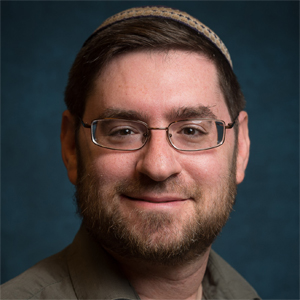 Dr. Joshua Waxman, assistant professor at
Dr. Joshua Waxman, assistant professor at 